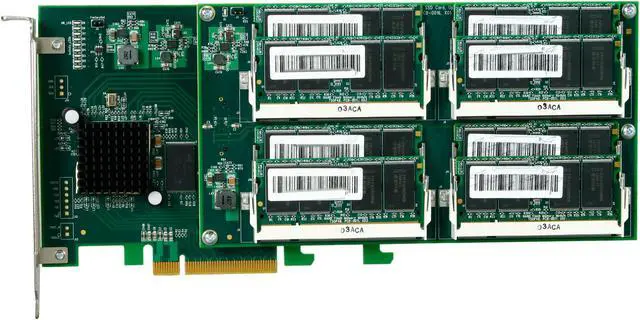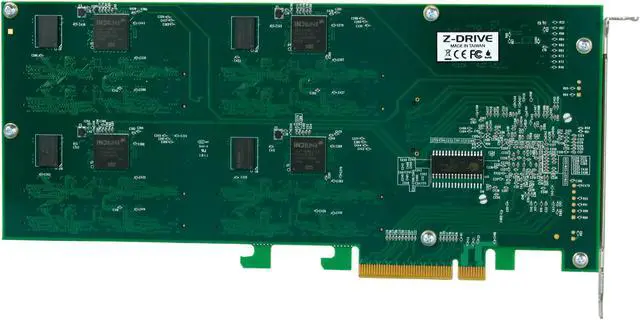Your Browsing History



Make informed decisions with expert advice. Learn More
Any questions? Our AI beta will help you find out quickly.
| Brand | OCZ |
|---|---|
| Series | Z-Drive R2 P88 |
| Model | OCZSSDPX-ZD2P881T |
| Memory Components | MLC |
|---|---|
| Interface | PCI-Express interface (x8) |
| Max Sequential Read | Up to 1.4GB/s |
|---|---|
| Max Sequential Write | Up to 1.4GB/s |
| Sustained Sequential Write | Up to 950MB/s |
| 4KB Random Read | Up to 29,000 IOPS |
| 4KB Random Write | Up to 14,500 IOPS |
| MTBF | 1,000,000 hours |
| Features | 512MB on board Cache Certifications: RoHS, CE, FCC Compatible with Windows (XP or later) Client and Server versions, Linux , Apple OS X (coming soon) |
|---|
| Power Consumption (Active) | 20W |
|---|---|
| Operating Temperature | 0°C ~ +70°C |
| Storage Temperature | -45°C ~ +85°C |
| First Listed on Newegg | April 23, 2010 |
|---|